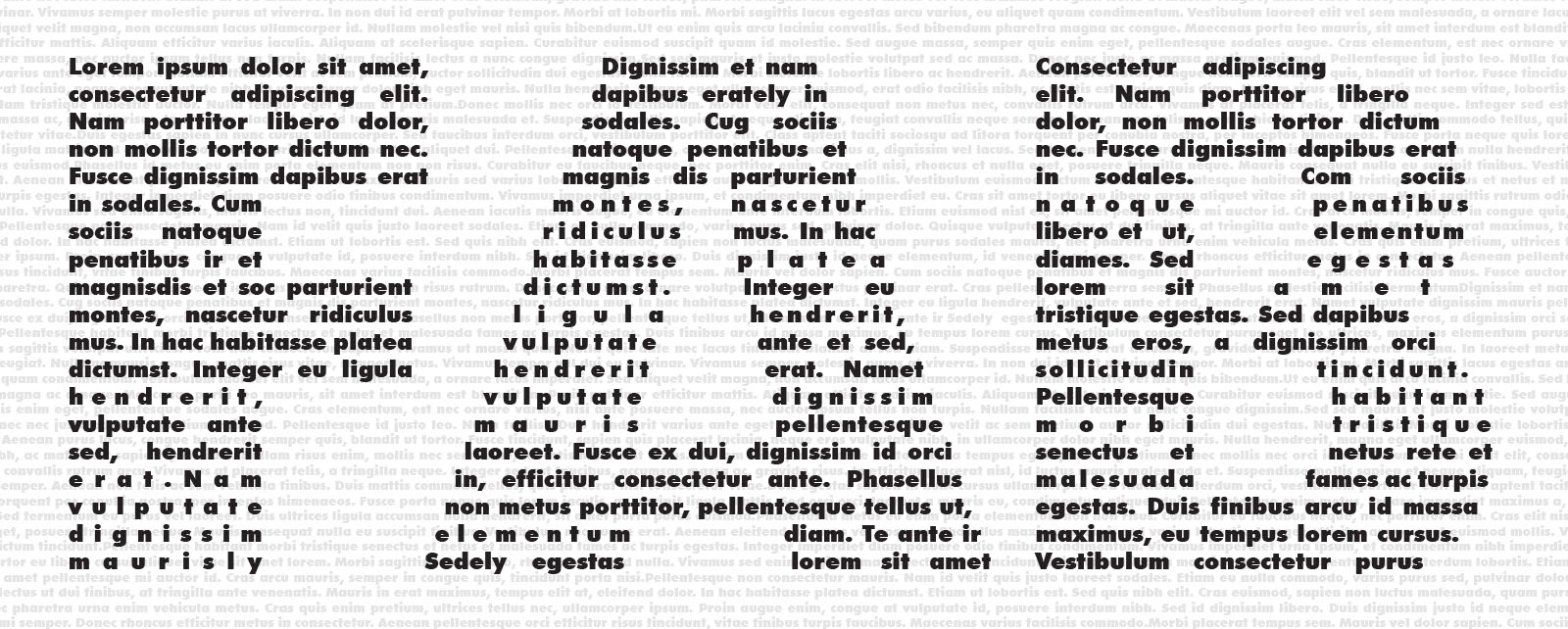If you’ve worked with designers you know what they concentrate on—design, and rightfully so. Without a striking design, print pieces may be overlooked. Collateral materials, such as brochures, are a form of visual communication. Prospects should be attracted to the design, images, and typography, but the first thing most people do after they grab a brochure off the rack—is read it. They may read it word-for-word or scan the sub-heads. Regardless, if the content is unappealing, too long, too formal, or too technical…they’ll stop reading.
Make it FABulous
If you want to hold a consumer’s attention, tell them what your product or service does for them. Don’t assume prospects will deduce the benefit from the feature or advantage of a product. For example, if you were marketing a household item that features a germ resistant finish don’t assume the consumer will translate less germs into reduced doctor visits, and less sick children. Spell it out using FAB, (Feature, Advantage, and Benefit)
- Show the Feature – What is it and how does it works, what makes it special, and why it’s different?
- Explain the Advantage – What are the unique advantages of the product or service?.
- Share the Benefit – What problems does it solves and how will it improve the customer’s life, home, or business?
Collateral content should share features, advantages, and most of all the benefits—what it does for them.
Keep it Short
Collateral material content shouldn’t be adjective filled prose flowing from the page. This isn’t high art. It’s marketing. The features, advantages, and benefits should be presented in plain and simple English, keeping it short enough to be easy to read, but long enough to be effective. The key is communicating how the features help the prospect and that’s seldom accomplished through insider jargon, trendy buzz words, and multisyllables —if you want to get the point across keep it simple. Big words often confuse more than they impress.
The Design Matters
A captivating design can motivate prospects to pick up a brochure and read it. In this case, design does come first but it shouldn’t end there. Without intriguing content, printed marketing pieces may not hold consumers attention. The combination of creative design and engrossing copy make for effective advertising. If you’d like to learn more about creating collateral materials that capture more than your client’s eyes Contact our Marketing Solutions team. We can give you some words of advice.


Leave A Comment